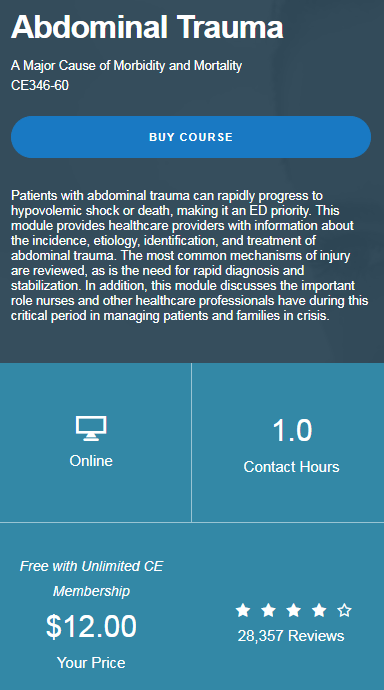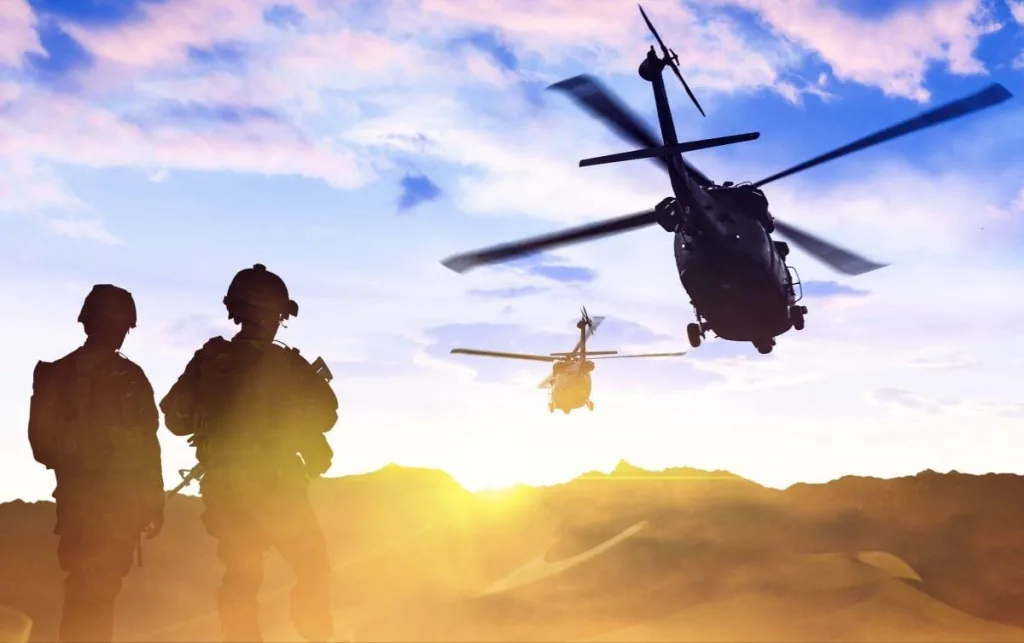Time, equipment and expertise can make a difference in trauma patient outcomes -- particularly on the front lines of war.
A recent American Association of Critical-Care Nurses study of evacuations from the frontlines of Afghanistan is providing new insight on the topic. Published in the April 2018 issue of Critical-Care Nurse, the study, "En Route Critical Care Transfer From a Role 2 to a Role 3 Medical Treatment Facility in Afghanistan," looked at combat casualty care provided to trauma patients transported from a forward surgical facility to a combat support hospital for comprehensive care, according to an AACN news release. It is one of the first studies to use patient data from the Joint Trauma System Role 2 Registry. The research team, which included representatives from the U.S. Army Institute of Surgical Research, the Joint Trauma System, the U.S. Air Force En Route Care Research Center and the En Route Critical Care Nursing Consultant to The Army Surgeon General, studied nearly 4,000 trauma patients evacuated from the front lines in Afghanistan over a six-year period. "Our study revealed that more than 25% of patients transferred from a role 2 MTF were intubated and nearly 40% were postoperative patients," said retired Army Col. Elizabeth Mann-Salinas, PhD, RN, one of the study's co-authors. "A postoperative patient tends to require specialized care that may be outside the scope of a combat-trained medic or EMT and require a higher and specialized provider skill level." Researchers found traditional role 2 facilities often are located in an austere setting without an airfield capable of accommodating a fixed-wing aircraft, according to the study. They point out this could make it more difficult to perform evacuations in combat situations, making the need for highly trained healthcare providers on the scene more apparent.
Study finds provider experience, training influences transport outcomes
 Improving outcomes depends not just on physicians, researchers write, but on healthcare providers with the right training and experience, such as critical care nurses and paramedics.
Improving outcomes depends not just on physicians, researchers write, but on healthcare providers with the right training and experience, such as critical care nurses and paramedics.
"Understanding the characteristics and needs of these patients will inform provider training and appropriate skill mix for the transfer of post-surgical patients within a combat setting," Mann-Salinas said in the news release. "Given our study results, we must specifically train medical attendants to care for postoperative patients, train flight paramedics in critical care and individually assign critical-care nurses to transport patients."
Half of the study population included non-U.S. military members, civilians or unknown, according to the study. The World Health Organization in April called attention to trauma care among Afghan civilians stating lack of trauma care and trauma-related disability was one of the most severe issues facing Afghanistan, according to a WHO report. The WHO states prolonged conflict, natural disasters and mass population movements contribute to the problem.
"The Ministry of Health, with support from the Health Cluster, led by WHO, is struggling to rebuild a health system badly frayed after years of conflict," the report's authors write. "The challenges are many: damaged infrastructure, a lack of trained healthcare providers and under-resourced healthcare facilities. The situation is further complicated by a lack of security and pervasive poverty."
Among patients in the study, according to the AACN news release, fractures, amputation and other types of orthopedic injury were the most common diagnosis. Other diagnoses included soft tissue trauma, brain injury and penetrating injury, the news release said. Read the full study here.






